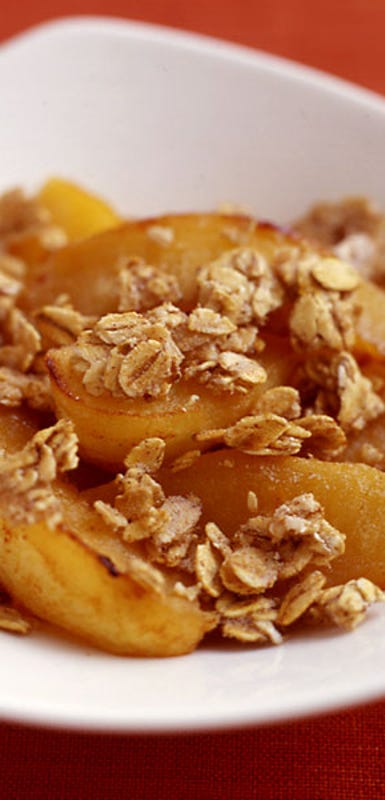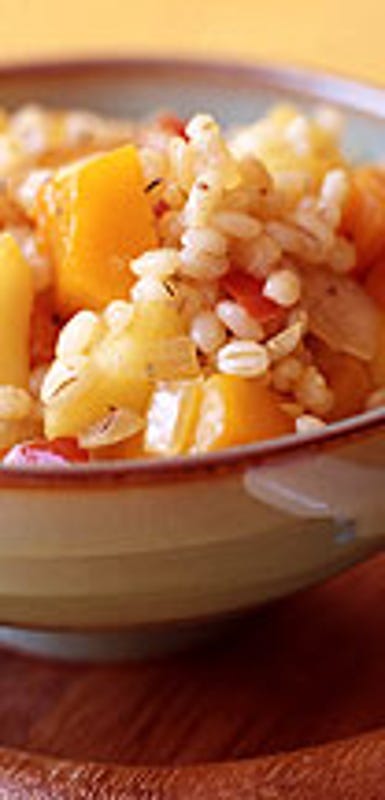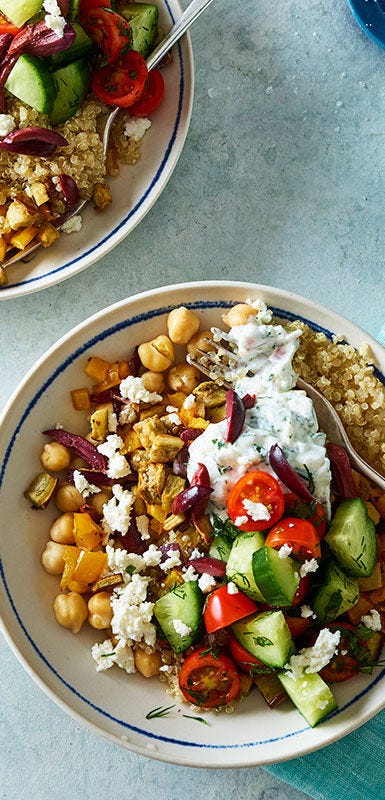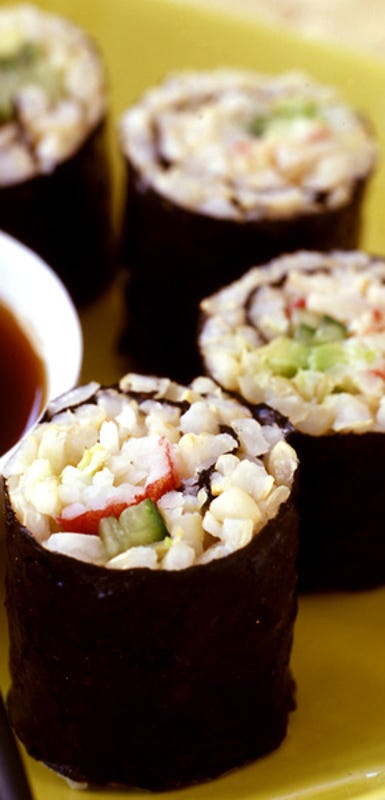Whole grains: comparing the nutritional profiles of five different grains


Wondering how to choose the best grain for the job? With a focus on nutrition and preparation, this guide features five in-depth profiles of our favourite grains as well as a collection of grain-based recipes to nourish and inspire.
Three tips for successfully cooking grains
Whole grains take longer to cook: Whole grains, meaning grains that still have the bran, endosperm, and germ, take longer to cook than pearled grains (sometimes significantly longer) but tend to be more nutritious. Pearled or hulled grains, which have had the germ and bran removed, cook much faster but will have lost some of their nutritional integrity in the manufacturing process.
Always use fresh grains: Purchase grains from a store with high product turnover or from a reputable online store. Whole grains are more likely to go rancid if stored at room temperature, for best results store grains in the freezer for up to one year.
Toast grains for even more flavour: From oats to barley, dry-toasting grains adds depth of flavour to any cooked grain dish. Toast the grains in a dry, hot skillet or the pot being used to cook the grains. Stir constantly, to prevent burning the grains, and remove (or add liquid) as soon as the grains turn golden and begin to emit a nutty scent.
Oats
One cup of cooked rolled oats contains 4 grams of fibre and almost 6 grams of protein, making an ideal grain to choose at breakfast time or before a workout. To enjoy oatmeal all week long with minimal effort, batch cook several servings of oats all at once and store in the fridge. Reheat oats in the microwave or over the stovetop, thinning with a splash of water or milk if needed, and serve with your favourite toppings. In addition to being used for oatmeal, oats add a chewy texture and sweet flavour to pancakes, tarts, bars, and cookies.
Oats are high in: vitamin B1 (thiamine), iron, manganese, and magnesium
Give these oat-filled recipes a try
Barley
Barley is a hardy, versatile grain commonly used in recipes for stews, soups, salads, and pilafs. A single cup of cooked pearl barley contains a whopping 6 grams of fibre as well as 3.5 grams of protein. For a heartier risotto, try using barley in place of arborio rice; the grain will develop a creamy texture similar to that of traditional risotto. Pearl barley doesn’t require soaking and it can be made ahead of time, cooled and then used throughout the week.
Barley is a good source of: vitamin B6, iron and magnesium
Some of our favourite barley recipes
Quinoa
Although technically a type of grass seed and not a grain, quinoa has become an honorary member of the grain family thanks to its use in pilafs, soups, bowls, and salads. A relative rarity in the world of plant-based ingredients, quinoa is a complete protein, which means it contains all essential nine amino acids. A one-cup serving of cooked quinoa provides an impressive 5 grams of fibre and 8 grams of protein. While you may be familiar with quinoa in savoury dishes, it can also be prepared with fruit, water (or milk) and your choice of sweetener as an alternative to oatmeal.
Quinoa is a rich source of: B vitamins, vitamin E (an antioxidant), iron and manganese
Learn how easy it is to cook with quinoa
Farro
Farro adds heft, texture and nuttiness to a large assortment of recipes, particularly salads, pilafs, and plant-based casseroles. With almost 8 grams of fibre and ten grams of protein per one cup of cooked farro, this is one grain that will up the satiety factor of any dish. Pearled farro is the fastest cooking option, taking only 12 to 20 minutes before it’s cooked. Although more nutritionally dense, whole farro can take upwards of 40 minutes to cook.
Farro is high in: vitamin B3 (niacin), magnesium and zinc
Become a fan of farro with these recipes
Brown rice
Once a staple of ‘70s vegetarian cooking, brown rice is enjoying a comeback thanks to its versatility, ease of preparation and still-impressive nutritional profile. The best reason to reach for brown rice? The fibre content. One cup of cooked long grain brown rice contains just over 3 grams of fibre and 4 grams of protein — compared to the same amount of cooked white rice, which has only half a gram of fibre. The next time you prepare brown rice for a recipe, double the amount and store leftovers in the fridge for up to a week. A supply of cooked, cold brown rice cuts down meal prep time significantly, and is actually preferred if you plan on making stir-fried rice recipes, grain salads or rice pudding.
Brown rice is a good source of: B vitamins, magnesium, manganese, and selenium





































